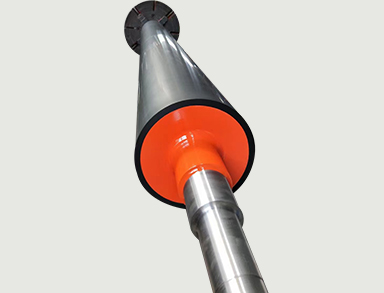1. Drug resistance - In order to meet the requirements of oil resistance, solvent resistance, and drug resistance, it is a preferred choice in synthetic rubber, such as printing rollers that must be resistant to solvent, oil, acid, and sensitivity.
2. Physical properties - rubber elasticity, buckling, impact, wear Due to the influence of physical functions on the service life and product quality of rubber rollers, careful selection is necessary. For example, rubber rollers in the plastic film industry must be elastic.
3. Economy - The price of rubber rollers varies greatly due to different material choices, so their value and lifespan should be constantly compared. For example, ordinary heat-resistant 150 degree rollers require expensive rubber.
4. Heat resistance - High temperature use can easily cause rubber aging. In addition to considering the cooling system in the iron core design, rubber materials should be carefully selected. For example, in the plastic industry and paper industry, heat resistance and heat dissipation should also be considered.
Types by application scope and purpose:
1. The classification method divides rubber into two categories: general rubber and special rubber.
2. The classification method divides rubber into three categories: general rubber, semi general rubber, also known as large variety special rubber, and special rubber, also known as small variety special rubber.
According to the presence or absence of double bonds on the molecular chain of rubber, it can be divided into two categories: unsaturated rubber and saturated rubber. Unsaturated rubber has high chemical activity due to the presence of double bonds on the molecular chain, which makes it easy to react with vulcanizing agents and has a fast vulcanization rate. However, it is also easy to react with oxygen, ozone, etc., and has poor aging resistance and low usage temperature; Due to the isolation effect, the molecular activity is high, the elasticity is high, and the cold resistance is good.
Rubber can also be divided into rubber with strong self-healing properties and rubber with weak self-healing properties. The former is also known as crystalline rubber (such as chloroprene rubber), while the latter can be divided into microcrystalline rubber (such as butyl rubber) and amorphous rubber (such as styrene butadiene rubber).




 Service
Service